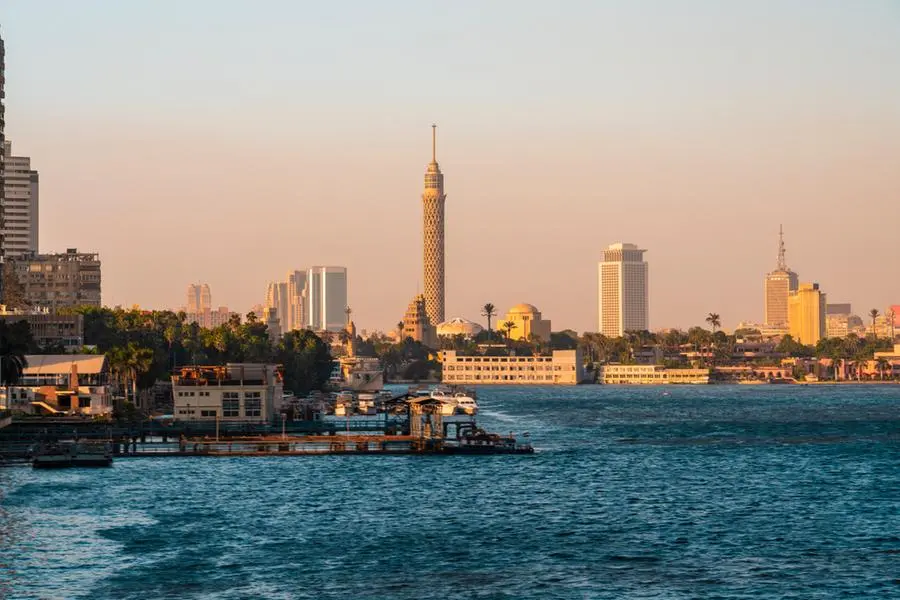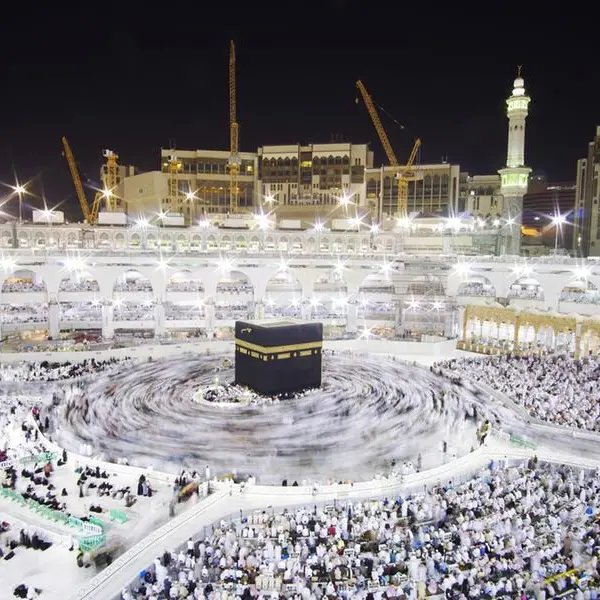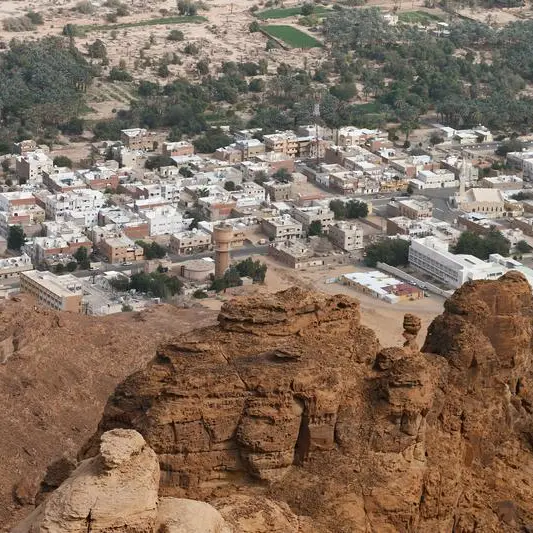PHOTO
Image used for illustrative purpose. Getty Images
Egyptian Prime Minister Mostafa Madbouly ordered the formation of a supreme committee to revitalize the historic “Ahl Al-Bayt Trail,” in a bid to bolster tourism and preserve heritage.
The Ahl al-Bayt Trail is a significant historical and religious route stretching from Cairo’s Citadel of Salah Al-Din to the Imam Hussein Mosque. The trail encompasses numerous mosques, shrines, and other landmarks.
During a Monday meeting, the Prime Minister emphasized the importance of safeguarding this unique archaeological and cultural area while addressing traffic congestion challenges in Cairo.
Accordingly, Madbouly directed the committee to encompass representatives from relevant ministries and authorities.
He indicated that this collaborative approach aims to ensure integrated efforts aligned with the overall vision of preserving this distinguished area and restoring its historical significance.
The committee’s mandate includes reviving the Ahl Al-Bayt Trail, connecting the various locations along the route, rehabilitating the areas, establishing public squares, gardens, and parks, and safeguarding them from encroachment.
Cairo is renowned for housing numerous Ahl Al-Bayt mosques and shrines. Among these, the Sayyidah Nafisa Mosque holds a special place, believed to be the resting place of Sayyidah Nafisa, the great-granddaughter of Prophet Muhammad (PBUH).
The Al-Hussein Mosque, constructed in 549 AH during the Fatimid era, is considered the most revered shrine by Egyptians. The mosque was built under the supervision of Saleh, a prominent Fatimid minister.
The Ahl Al-Bayt Trail, also known as the A’lal-Bayt Road, commences with the shrine of Zayn Al-Abidin and progresses along a path encompassing the shrines of Sayyidah Nafisa, Sayyida Sakina bint Al-Hussain, Sayyida Ruqayyah bint Ali ibn Abi Talib, Muhammad ibn Ja’far al-Sadiq, and Sayyidah Ataka, the Prophet’s aunt.
© 2024 Daily News Egypt. Provided by SyndiGate Media Inc. (Syndigate.info).























